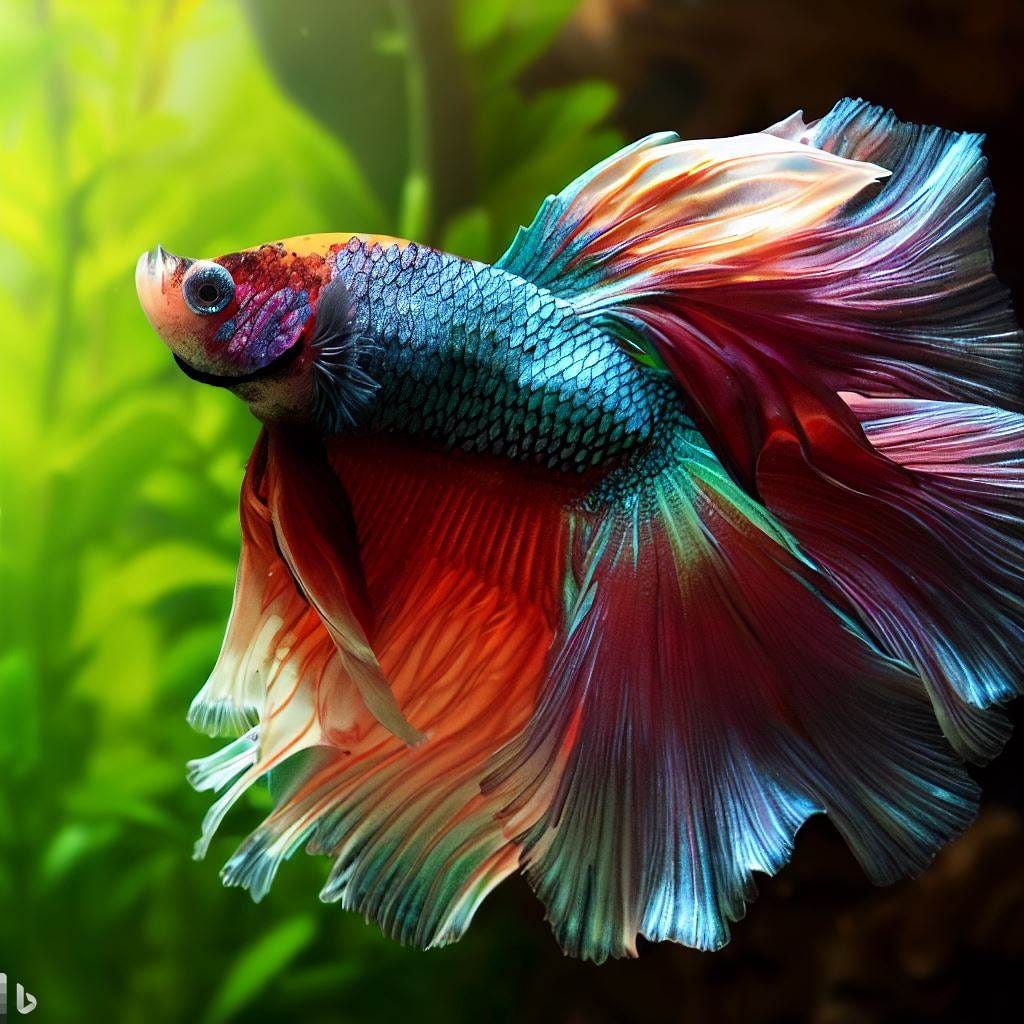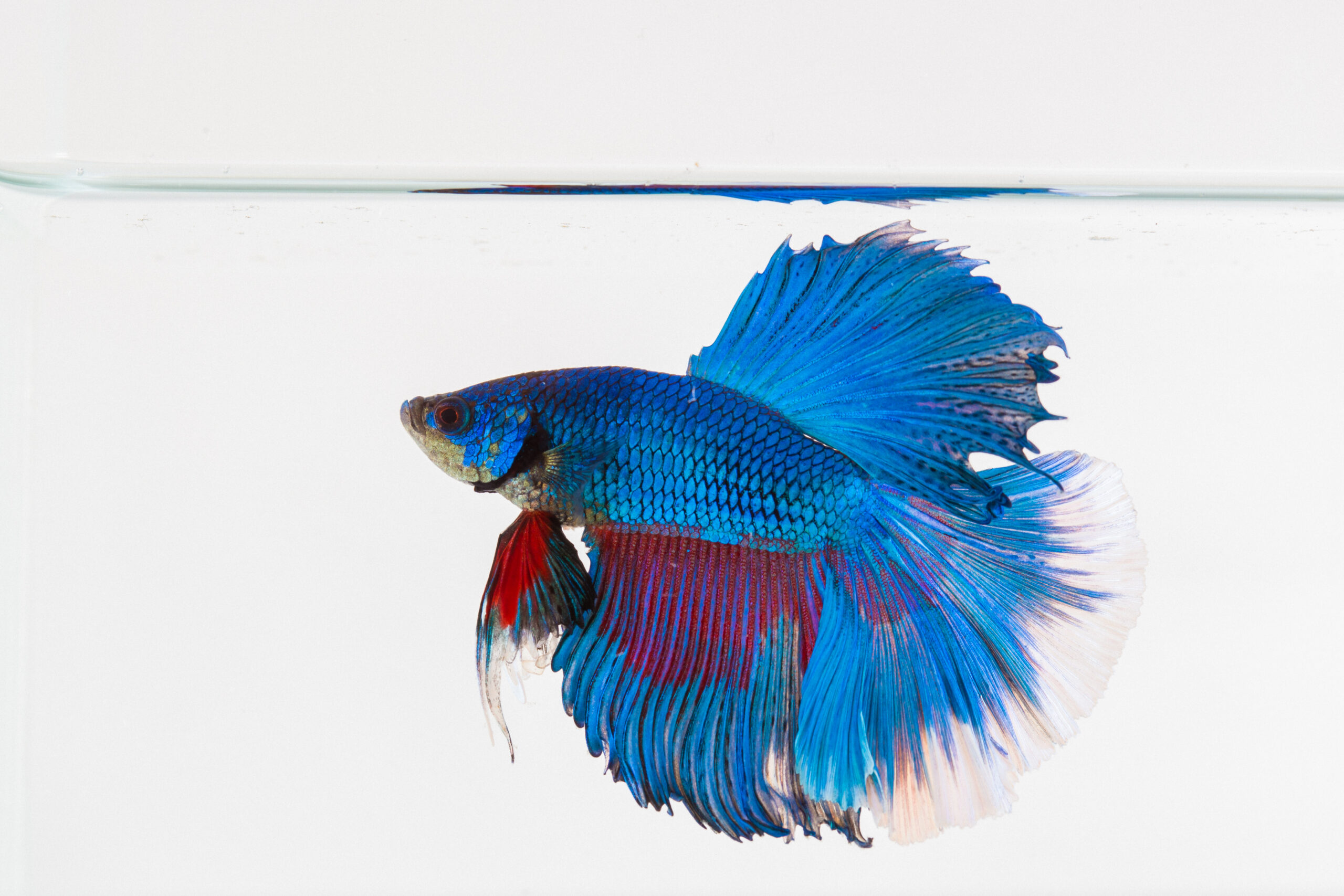How to Present Betta Fish to an Area Container Securely
How to Present Betta Fish to an Area Container Securely
Blog Article
Breeding Betta Fish: a Comprehensive Step-By-Step Overview to Effectively Raising Child Bettas From Eggs to Adulthood
Reproducing Betta fish is a thorough venture that requires careful preparation and implementation to make certain the successful development of fry from eggs to grow fish. As the male Betta diligently constructs a bubble nest and guards the valuable eggs, the subsequent stages of treatment and transition demand focus to detail and knowledge of best methods.

Selecting Reproduction Pairs
When starting the journey of breeding Betta fish, choosing the best reproduction pairs is crucial to accomplishing preferable characteristics and a healthy and balanced lineage - betta fish. The primary step in this procedure is to determine the specific qualities you desire to enhance or maintain, such as shade, fin type, and body form. It is essential to select genetically varied sets to avoid inbreeding, which can result in health and wellness issues and undesirable qualities
Assess potential breeding candidates meticulously. A healthy and balanced male Betta ought to exhibit dynamic colors, an active attitude, and well-formed fins, while the female must also show vivid pigmentation and a rounded stomach, suggesting preparedness for spawning. Observing the temperament of both fish is vital, as aggressive or excessively reluctant people might not breed successfully.
Keeping documents of the parent fish's origins can aid you track genetic characteristics and prospective concerns. Inevitably, investing time in the selection procedure will substantially enhance the likelihood of producing strong, vibrant spawn that fulfill your breeding objectives.

Preparing the Reproduction Storage Tank
Producing an optimal breeding atmosphere is an essential step after selecting ideal sets for Betta fish. The reproduction container ought to be especially designed to provide comfort and promote the natural breeding behaviors of the fish. Start with a tank size of at the very least 10 gallons to make sure ample room for both the man and female Bettas.
Keep a mild filtering system to maintain the water clean while staying clear of solid currents that can stress the fish. Additionally, an air stone can be included to offer oxygenation without interrupting the water surface excessive.
Temperature level law is vital; go for a steady series of 78-82 ° F(25-28 ° C) utilizing a reputable heater. The pH level must be maintained between 6.5 and 7.5, and routine water changes are essential to ensure high water top quality.
Incorporate floating plants or spawning sponges to produce concealing places for the woman, while also urging bubble nest building by the man - betta fish. Finally, ensure the storage tank is devoid of sharp decorations and any potential hazards, as the well-being of the fish should constantly be focused on throughout this essential phase of reproduction.
The Reproduction Process
Commonly, the reproducing process for Betta fish entails a collection of distinctive and observable actions that indicate preparedness for reproduction. The male Betta begins by constructing a bubble nest at the water's surface area, which acts as a site for the fed eggs. This nest is vital, as it supplies a risk-free atmosphere for the eggs till they hatch out.
When the nest is established, the man will present courtship behaviors, such as flaring his fins and showing dynamic shades to attract the female. The lady, upon sensing the male's readiness, will certainly respond by displaying upright red stripes along her body, signaling her receptiveness.
When the women approaches, the male involves in a breeding dancing, usually causing a welcome referred to as the "spawning." During this embrace, the woman releases her eggs, which the male fertilizes promptly. The fed eggs then are up to the bubble nest, where the male meticulously collects and returns them to the nest. Following this, the male presumes duty for safeguarding the nest and making certain the safety and security of the eggs up until they hatch, generally within 24-36 hours. This phase is essential in the reproducing process, laying the foundation for successful fry growth.
Taking Care Of Betta Fry
Taking care of Betta fry requires cautious attention to their atmosphere and nutrition to make certain healthy and balanced growth and development. After hatching look at this site out, Betta fry are incredibly small and at risk, demanding a secure and clean habitat. Keeping a water temperature between 78 ° F and 80 ° F is essential, as Betta fry flourish in cozy conditions. In addition, make certain that the water is without damaging toxins; normal water adjustments of 10-20% are suggested to maintain optimum water top quality.
Feeding Betta fry is just as essential. Feed them tiny quantities several times a day, being mindful not to overfeed, which can lead to water top quality problems.
Transitioning to Adult Bettas
As Betta fry fully grown, transitioning them to adult Bettas is a vital phase that calls for mindful monitoring of their setting and social communications. This procedure normally starts when the fry get to around their explanation six weeks old, whereupon they can be progressively introduced to a much more structured living setting.
To facilitate this change, it is important to make certain that the water criteria-- such as temperature level, pH, and ammonia levels-- are optimum and stable. Grown-up Betta fish thrive in cozy water (around 78-80 ° F) with a pH of 6.5 to 7.5. Slowly adapt the fry to these problems to lessen stress.
Social interactions are an additional crucial element; man Bettas are notoriously territorial and hostile. It is a good idea to separate males right into private containers as they grow. Female Bettas can be housed with each other, yet care needs to be taken you could try these out to keep an eye on for signs of aggression.
In addition, dietary adjustments need to be made as the fry grow. Incorporate premium pellets and live foods to support their development and health and wellness. By handling these aspects efficiently, you can promote a successful change to adulthood for your Betta fish.

Conclusion
Successful breeding of Betta fish needs cautious interest to detail throughout the entire process, from choosing genetically diverse sets to giving optimal care for fry. Additionally, a balanced diet and progressive adaptation to adult atmospheres are vital for the development and advancement of Betta fish.
Report this page